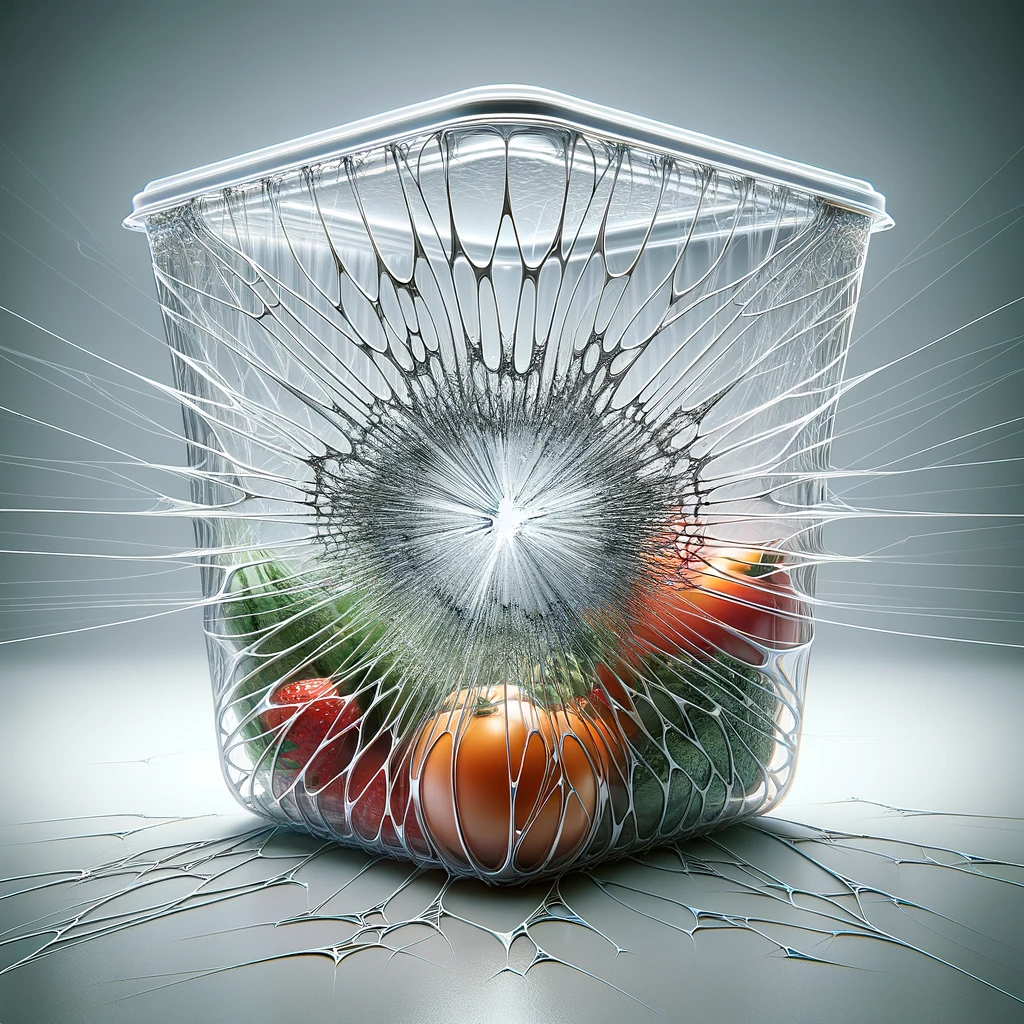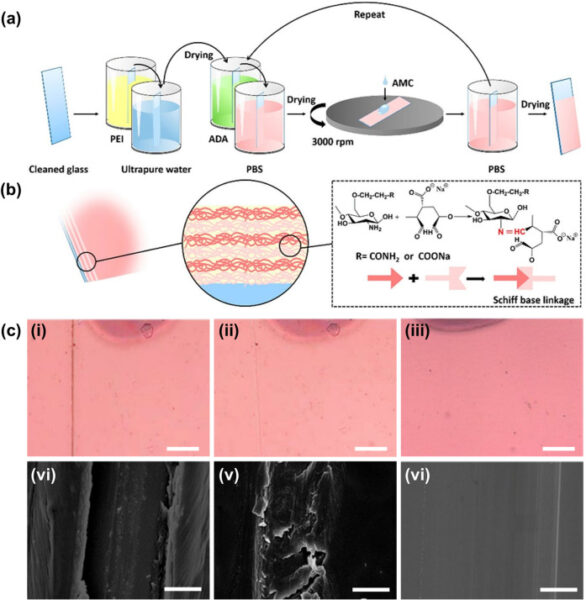Self-Healing Polymers for Food Packaging

Self-healing polymers can revolutionize the packaging industry by significantly enhancing product durability, safety, and reliability.
The challenge of mimicking nature has long intrigued materials scientists. Natural systems have evolved with remarkable abilities like self-cleaning, self-lubricating, and self-healing properties. Inspired by nature, researchers have developed synthetic materials with self-repair capabilities, marking a new frontier in material science. This effort has resulted in polymeric materials that autonomously heal themselves, similar to how bones regenerate or blood clots.
You can also read: Smart Plastics: IoT and AI for Next-Gen Applications
Food Packaging Applications
Self-healing polymers are especially promising for the food packaging sector. These materials can autonomously mend cracks or other physical damages when exposed to specific triggers such as heat, light, or certain chemicals. This capability not only helps in maintaining the integrity of the packaging but also extends the shelf life of the products contained within, ensuring food safety and reducing waste.
Recent studies have explored various applications of self-healing polymers. For instance, films made from cellulose and natural waxes have been developed to become hydrophobic and capable of self-repair after being treated with heat or exposed to humidity. Another innovative example includes packaging films based on poly(vinyl alcohol) (PVA) that incorporate nanoparticles, enhancing the material’s ability to heal itself when damaged.
Manufacturing Self-Healing Polymers
Creating these advanced materials involves several methods like solvent casting, extrusion, and layer-by-layer assembly, with the latter proving particularly effective in precisely controlling the properties and thickness of the films. This meticulous fabrication process is crucial in ensuring the functionality and effectiveness of the self-healing properties.

Fabrication and self-repair of the ADA/AMC film. Courtesy of Design and application of self-healable polymeric films and coatings for smart food packaging.
The potential for this technology extends beyond just practical applications; they represent a significant step toward sustainability. By reducing the need for frequent replacements and maintenance, these materials can decrease the environmental footprint of packaging solutions. The ongoing research and development in this field promise to optimize these materials for better performance and environmental impact. The aim is to produce smarter packaging solutions that not only self-repair but also integrate other functionalities such as active food monitoring and extended shelf life.
